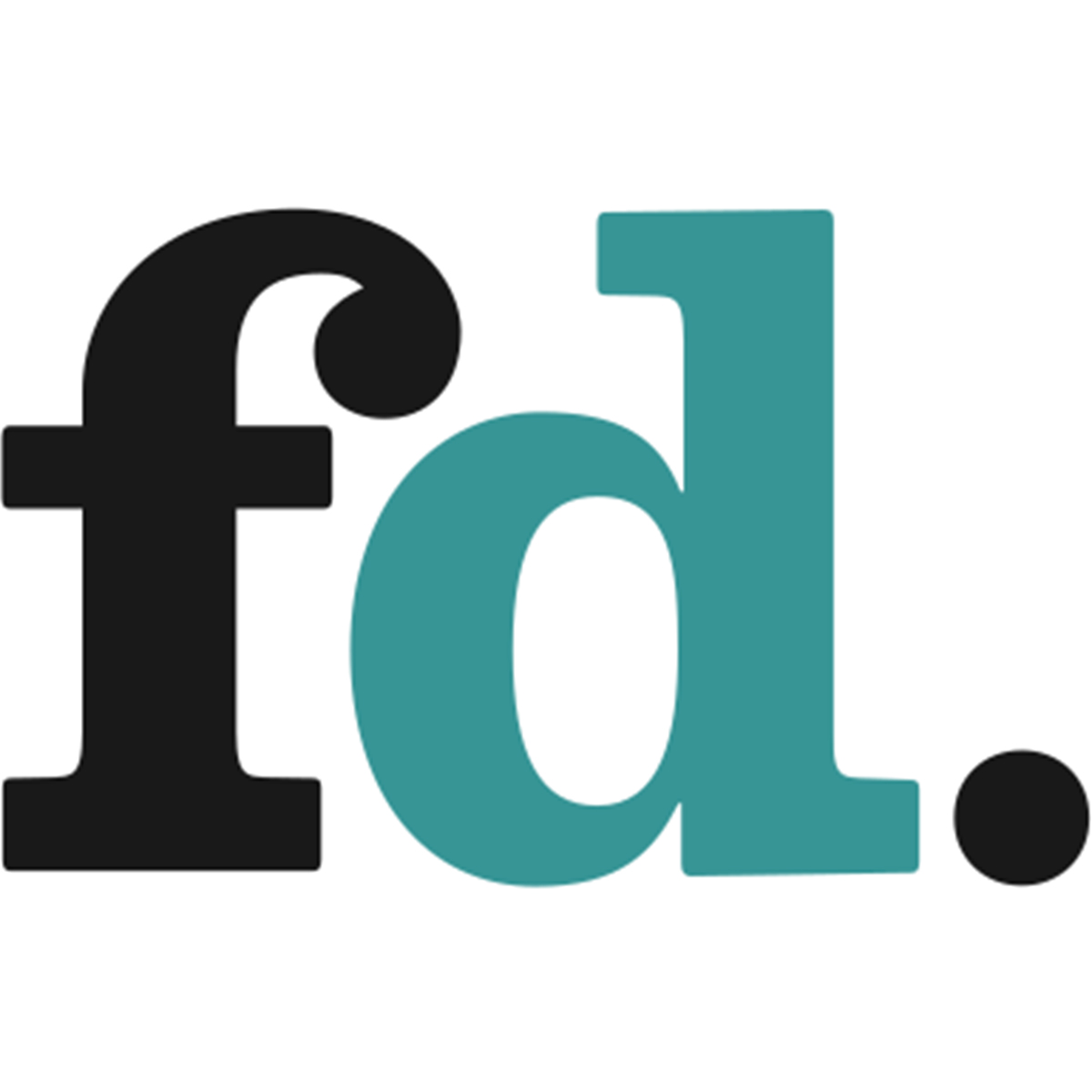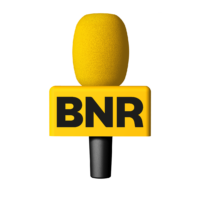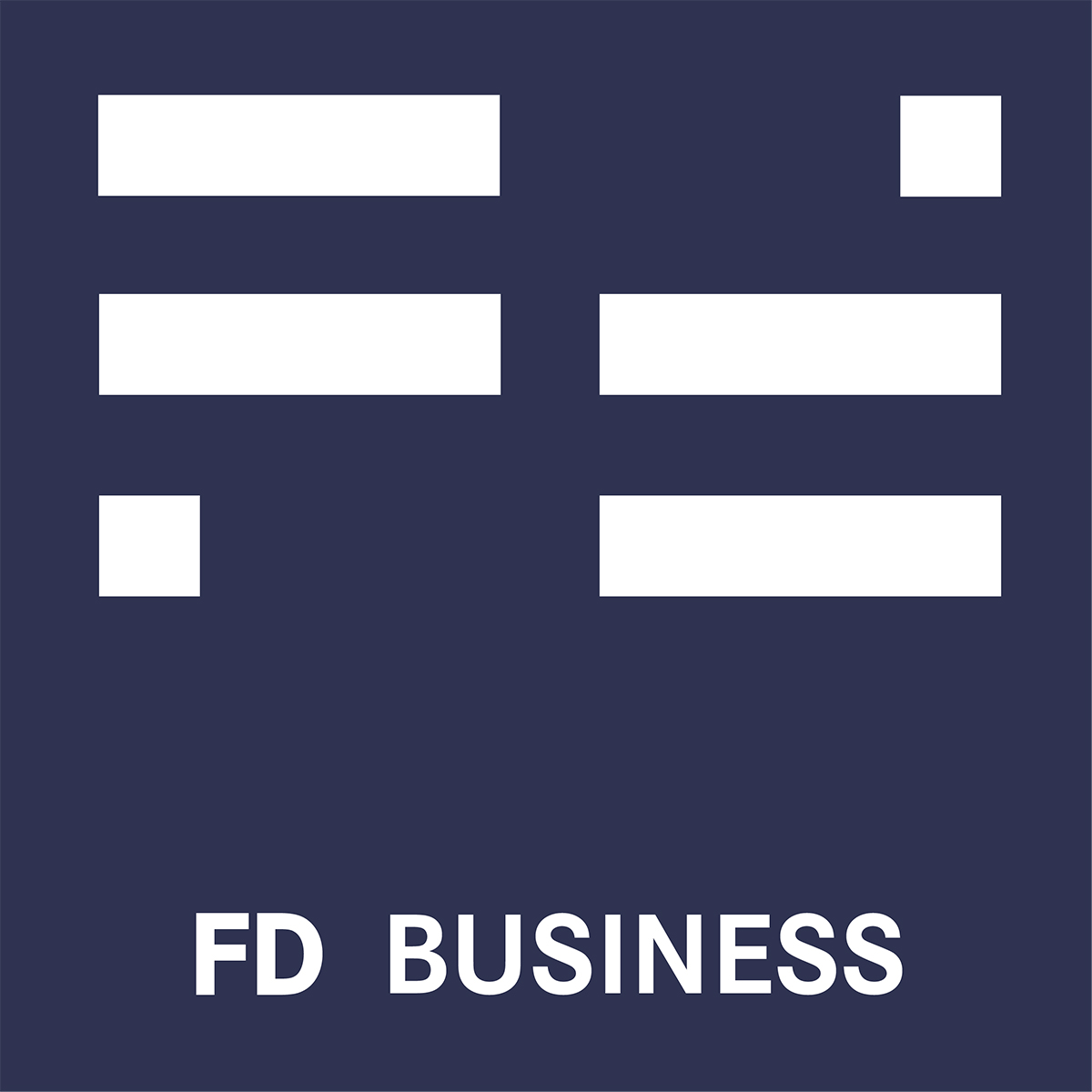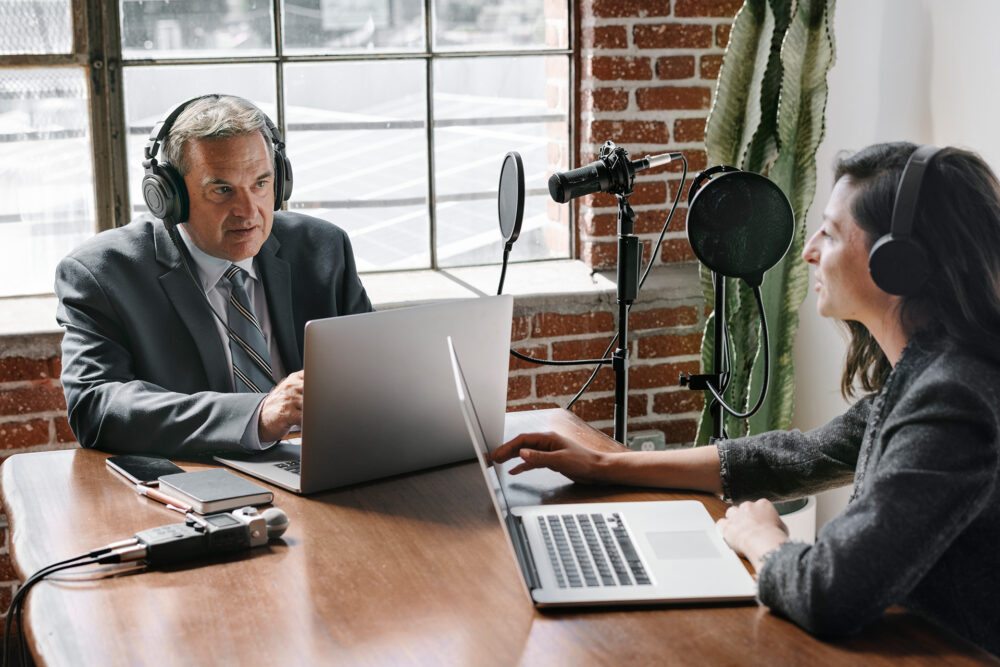
- 8 Aug 2022
How does digital audio advertising work?
Advertising via digital audio has now become an essential part of any organisation’s marketing strategy. The range of digital channels available is growing rapidly, as is the number of listeners, opening up great opportunities for businesses. The fact that they are seizing these opportunities with both hands can be seen from the fact that digital audio is fast increasing as a proportion of media expenditure. At FD Mediagroep, we have also seen significant shifts in these trends over the last two years.
In this blog, we look at how digital audio advertising works. We explore what digital audio is and explain how FD Mediagroep approaches the process of booking a campaign and targeting specific audiences.

What is digital audio?
At FD Mediagroep (FDMG), when we talk of digital audio, we are referring to the live stream of our BNR radio programmes and FDMG podcasts. At FDMG, our approach to digital audio advertising is similar to that applied for display advertising. First of all, we use the same currency, in the form of impressions, which is the equivalent of a listener hearing your ad. With digital audio, impressions are only counted when the advertiser’s audio file has actually been downloaded or streamed around our live stream or podcast.
Moreover, not all listeners will hear the same ad. The ad servers target these spot ads according to a range of advertiser objectives, based on contextual targeting or geo-targeting, for example. This means that it is quite possible for a PetrolHeads listener in Amsterdam and a person listening to PetrolHeads in Maastricht to hear two completely different ads. And the person listening to our most successful podcast, Boekestijn & De Wijk, will hear a different ad again. As part of campaign management, we also ensure that specific ads are not constantly played to the same listener. This enables us to ensure that advertisers can reach their target audience as effectively as possible.
The advantages of digital audio advertising
One of the advantages of advertising via digital audio is the opportunity it offers to communicate directly and one-to-one with the listener. Even more than analogue radio, on FM or cable, this form of advertising is extremely personal. The listener is in control of the buttons, which means that he or she really is actively listening. The fact that the FD Mediagroep content actually has urgency also helps: unlike background music, the topics we discuss demand (and get) attention. This results in enhanced engagement on the part of the listener, which obviously has clear benefits both for advertisers and the messages they are attempting to convey.
Whereas major streaming companies largely remain the preserve of paid listeners only, at FDMG, it is still possible to reach podcast listeners with digital audio advertising. BNR has an average reach of almost 500,000 live radio listeners per week, the live stream player is launched almost 1.3 million times every month and we are now approaching almost 4 million podcast downloads per month. Alongside all the BNR podcasts, we have now also added the FD podcasts and our specialist titles ESB and PensioenPro. This ensures we have even more content to respond to the needs of advertisers.
Understanding the effectiveness of digital audio
The main prejudice that advertisers have against digital audio advertising is based on a lack of understanding of where the budget goes. For many of them, it is unclear what exactly happens with the advertising budget you invest in digital audio because, unlike analogue radio advertising for example, it may result in a certain number of impressions, but no immediate measurable effects, expressed in a common currency across the whole market. FDMG has identified a solution to this problem: by entering into an alliance with Brand Metrics, a Swedish organisation that has designed a specific research tool that can measure the development of effects and brand values in the entire funnel, FDMG is now actually in a position to be able to provide this data to advertisers.
The Brand Metrics tool is used to measure four different values: awareness, consideration, preference and intention. During the course of the campaign, a minimum of 700 visitors are given a brief survey via the BNR platform. Thanks to this research tool, it is possible to gain an insight into the ROI of audio campaigns. This has already enabled us to demonstrate that linear audio scores most effectively in the middle of the sales funnel. It shows that all audio media contribute proportionally to the increase in brand awareness, achieving as much as 9.5% for the ‘smaller’ brands. In addition, premium brands score high growth percentages for the variables brand consideration and brand preference as a result of the use of audio ads. Podcast advertising is particularly impressive in terms of promoting brand preference and purchasing intention. At FD Mediagroep, we are particularly proud of these insights and results and proud to be the first in the Netherlands to be able to present them in this way.
What factors should you look out for?
As an advertiser considering whether to begin advertising via digital audio, there are two key factors that you should be sure to take into account. The first is the length of the ad itself. For an old-fashioned analogue radio commercial, a length of 35 seconds is fine, but things are different for digital audio listeners. If an ad is too long, the listener’s attention can lapse – and listening can even be interrupted. At FDMG, we therefore recommend ads that are clear and to-the-point, and preferably around 20 seconds in length.
Another factor to consider is the sound and quality of the ad. An advertisement for digital audio is very different from radio advertising. The latter is not only longer, but also very different in terms of content. With digital audio, advertisers are focusing less on a mass audience and more on the individual. Listeners are also often using earplugs or headphones, which obviously has consequences in terms of the use of voice or music, and especially its volume!
Digital audio advertising at FD Mediagroep
At FDMG, the digital audio advertising process involves five steps:
- Initial meeting: we begin by meeting the advertiser in order to explore their wishes and objectives and what contribution we can make to them.
- Campaign: in the second phase, we work together to decide how to design the campaign. This may involve the advertiser supplying the ad themselves, but it is also possible for FDMG to commission it. After all, we have the staff and resources in-house to do that.
- Launch: if the advertiser gives the go-ahead, we then arrange for the advert to be booked and go live.
- Monitoring: throughout the course of the entire advertising campaign, FDMG closely monitors the status of the advert and whether specific KPIs are being achieved. If necessary, adjustments will be made to achieve the desired result.
- Report: at the end of the campaign, FDMG will provide a clear evaluation of it and the relevant KPIs. If Brand Metrics was also part of it, these results will also be shared in an extensive and clear report.
More information
For more information about digital audio, you can contact: Jacomien van Doorn, Manager, Digital Advertising via jacomien.van.doorn@fdmediagroep.nl

Want to stay informed about the latest news?
New cases, great propositions and new insights. Subscribe to the FDMG newsletter and receive all the latest news directly in your inbox.





